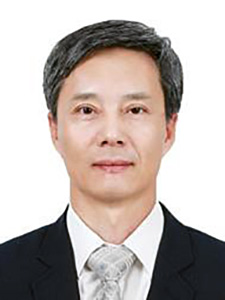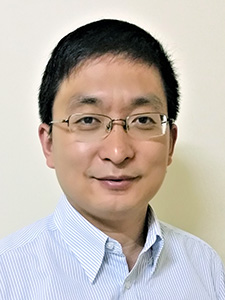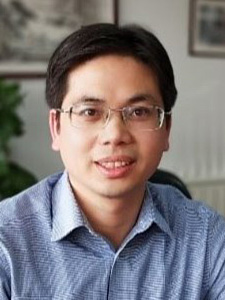Workshop #1
Emerging Memories for Neuromorphic Computing
"Time-varying Data Processing with Nonvolatile Memristor-based Temporal Kernel"
Prof. Cheol Seong HWANG (Seoul National University)
Abstract
Recent advances in physical reservoir, which is a type of temporal kernel, have made it possible to perform complicated timing-related tasks using linear classifier. However, the fixed reservoir dynamics in previous studies have limited application fields. In this study, temporal kernel (TK) computing was implemented with a physical kernel that consisted of a W/HfO2/TiN memristor (M), a capacitor (C), and a resistor (R), in which the kernel dynamics could be arbitrarily controlled by changing their parameters. After the capability of the TK to identify the static MNIST data was proven, the system was adopted to recognize the sequential data [ultrasound (malignancy of lesions) and electrocardiogram (arrhythmia)] that had a significantly different time constant (10 7 vs. 1 s). The suggested system feasibly performed the tasks by simply varying the C and R. These functionalities demonstrate the high adaptability of the present TK system compared to the previous ones.

Prof. Cheol Seong HWANG
"Near-/in-sensor Computing for Neuromorphic Machine Vision"
Prof. Yang CHAI (PolyU)
Abstract
The number of nodes typically used in sensory networks is growing rapidly, leading to large amounts of redundant data being exchanged between sensory terminals and computing units. To efficiently process such large amounts of data, and decrease power consumption, it is necessary to develop approaches to computing that operate close to or inside sensory networks, and that can reduce the redundant data movement between sensing and processing units. Here we examine the concept of near-sensor and in-sensor computing, in which computation tasks are moved partly to the sensory terminals. We classify functions into low-level and high-level processing, and discuss the implementation of near-sensor and in-sensor computing for different physical sensing systems. We also provide examples for near-/in-sensor computing for neuromorphic machine vision.

Prof. Yang CHAI
"In-Memory Computing Using Memristors with Transition Metal Dichalcogenides"
Prof. Kah-Wee ANG (NUS)
Abstract
The exponential growth of data storage and computation requirement has imposed severe power consumption challenges for digital computers built on traditional von Neumann architecture. New computing systems using in-memory computing (IMC) concept could offer a potential solution to overcome the inherent energy consumption issue. In particular, IMC based on analogue memristors is promising to enable a low latency and energy-efficient approach for performing data-intensive tasks such as image processing by means of neural network training. Here, we demonstrate memristive crossbar arrays (CBA) using transition metal dichalcogenides for implementing artificial neural network (ANN) hardware. The memristor achieves a small switching voltage, low switching energy, and an improved variability in addition to the ability to emulate synaptic weight plasticity. The CBA successfully implements both neuromorphic and matrix-heavy workloads in neural networks, including artificial-synapse-based ANN, multiply-and-accumulate (MAC) operations, and convolutional image processing with high recognition accuracy. Moreover, the column-by-column MAC operation manifests a highly parallelized computing ability, opening a route to enable hardware acceleration of machine learning algorithm for emerging artificial intelligence applications.

Dr. Kah-Wee ANG
"Memristive Neuromorphic Systems and Brain-inspired Processing Concepts"
Prof. Yimao CAI (PKU)
Abstract
Artificial neural networks (ANNs) have made great success in various fields such as pattern recognition by generalizing the biological neural network into simple network topology and algorithm. The basic elements in ANNs are consist of neurons, connective synapses and network topology. Memristive device is one of the most promising devices to emulate synapse and enables co-location of multilevel memory and analog computing functions based on fundamental physical laws. However, the device non-idealities and array thermal crosstalk will inevitably impair the performance of memristive neuromorphic systems. Beyond engineering in-memory synaptic computing, there are different types of neurons and synapses with multiple functions in biological neural networks. The diversity and cooperation in neurons and synapses can perform more complex functions in the collection, transmission and processing of information, which finally enables the perception and decision-making behavior. It can be expected that the emulation of biological neural network based on the new neuromorphic device may have remarkable advantages in extending the functionality and improving the efficiency. This talk presents modeling and investigation of the impact of non-idealities and thermal issues in memristive systems. Also, we will demonstrate some concepts of implementing novel neuromorphic devices to emulate adaptability and cooperativity inspired by the biological neural network in suppression of environmental noise and multi-dimensional information processing.

Prof. Yimao CAI